Launching a product is just the beginning. The real challenge lies in keeping it relevant, efficient, and competitive over time. Businesses that invest in product optimization experience higher customer retention, improved efficiency, and increased profitability. According to a report by McKinsey & Company, companies that continuously optimize their products see a 25% increase in customer engagement and 35% higher conversion rates .
But what exactly is product optimization, and why should businesses prioritize it? Whether you’re refining a digital product, physical product, or software solution, continuous improvements ensure your product remains competitive in an evolving market.
Table of Contents
What is Product Optimization and Why is it Important?
Product optimization is the process of analyzing, enhancing, and improving a product to boost its performance, usability, and market value. It involves refining features, upgrading technology, enhancing the user experience, and eliminating inefficiencies.
Why Businesses Need Product Optimization?
- Improves User Experience – Enhancing usability leads to higher customer satisfaction.
- Increases Market Competitiveness – A well-optimized product stays ahead of competitors.
- Reduces Costs – Identifying inefficiencies helps reduce production and maintenance costs.
- Enhances Scalability – Optimized products can adapt to growing customer demands.
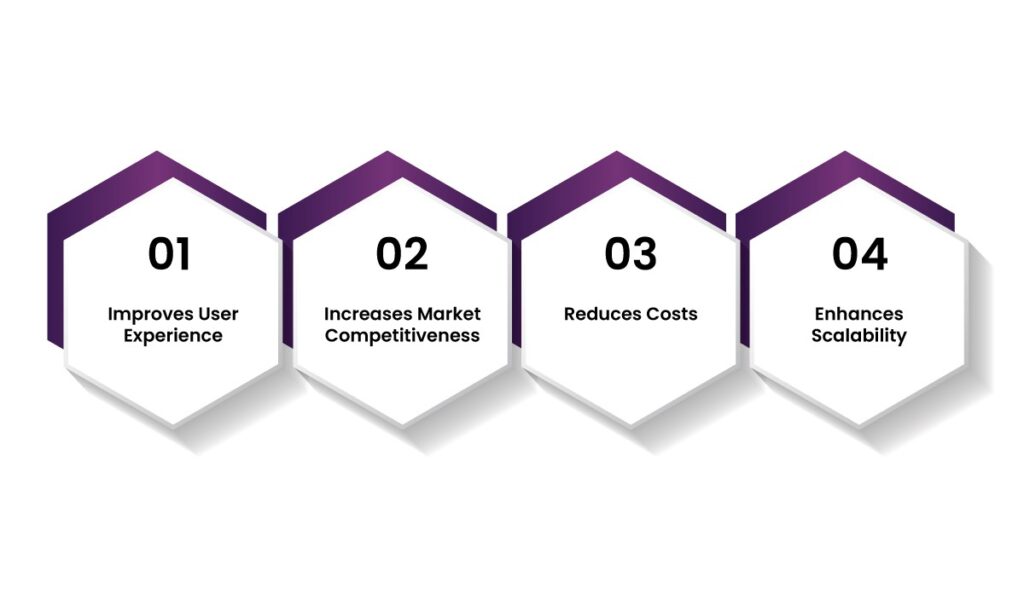
Industries Benefiting from Product Optimization
- E-commerce – Optimizing online platforms enhances user engagement and sales.
- SaaS & Software Development – Ensuring smooth functionality and usability.
- Manufacturing & Engineering – Improving product design, efficiency, and durability.
- Healthcare & Medical Devices – Enhancing precision, safety, and compliance.
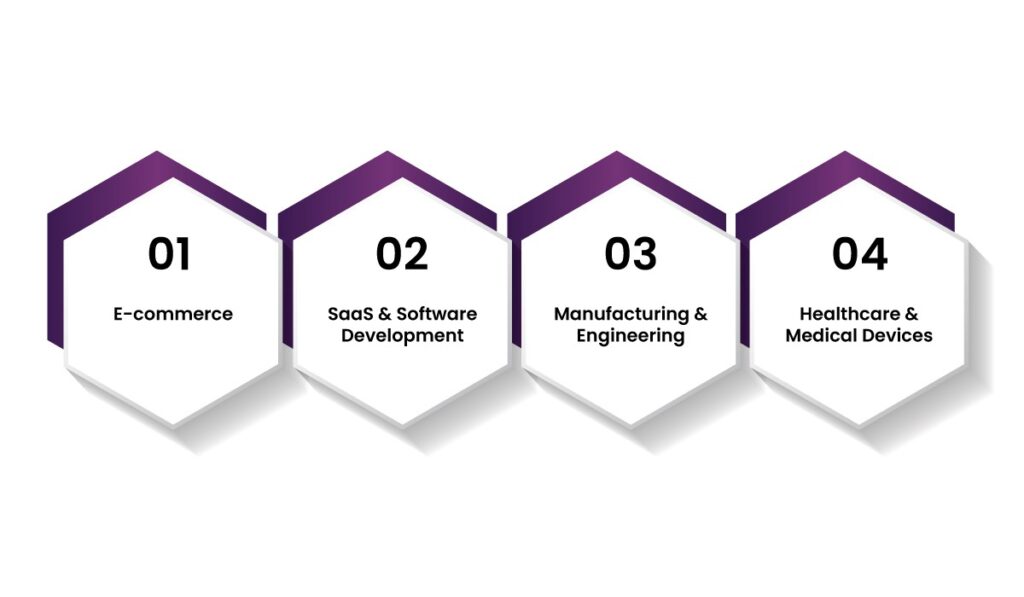
How to Do Product Optimization: 6 Essential Steps to Enhance Performance?
Achieving product optimization requires a structured, data-driven approach that enhances user experience, improves performance, and ensures long-term scalability. Below are six essential steps businesses can take to maximize their product’s potential.
Step 1: Conduct Data-Driven Analysis
Before making any changes, it is crucial to gather real-world insights into how users interact with your product. Product optimization begins with understanding user behavior, performance bottlenecks, and areas for improvement.
- Collect User Feedback – Conduct surveys and interviews to identify customer pain points and preferences.
- Analyze Usage Data – Use heatmaps, session recordings, and user journey analysis to track engagement trends.
- Monitor Performance Metrics – Evaluate speed, efficiency, and reliability to pinpoint optimization opportunities.
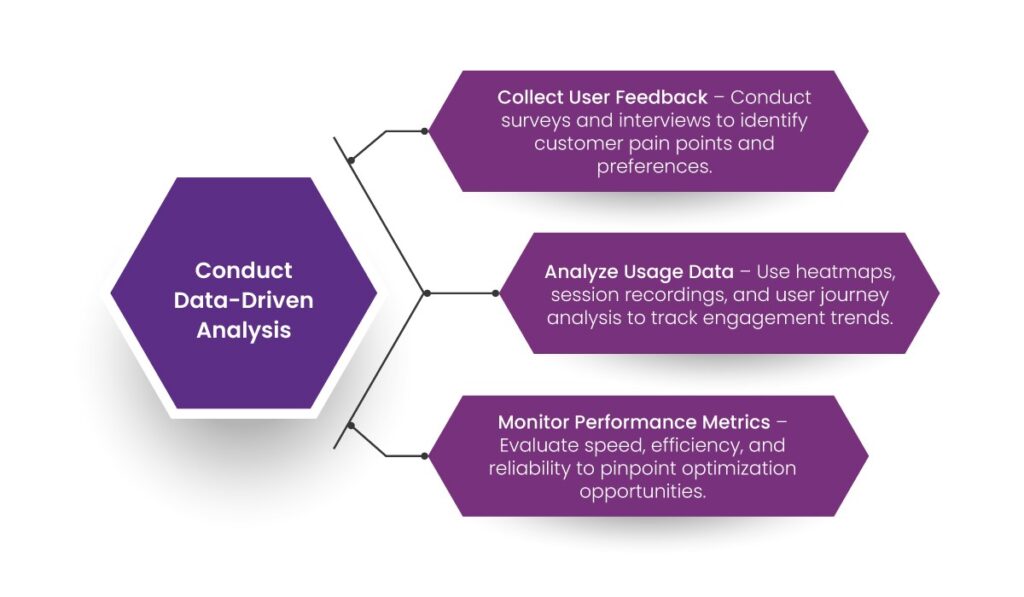
Example: A SaaS company noticed a 20% drop in engagement due to a complex onboarding process. By analyzing user behavior, they simplified the steps, which significantly reduced churn rates.
Step 2: Optimize the User Experience (UX)
A well-optimized product should be intuitive, visually appealing, and easy to navigate. Poor UX often leads to high bounce rates and user frustration.
- Simplify Navigation – Ensure smooth transitions between features with minimal friction.
- Enhance Design Aesthetics – Improve UI elements to create a visually engaging and user-friendly experience.
- Ensure Mobile-Friendliness – With 55% of global traffic coming from mobile devices, responsive design is essential.
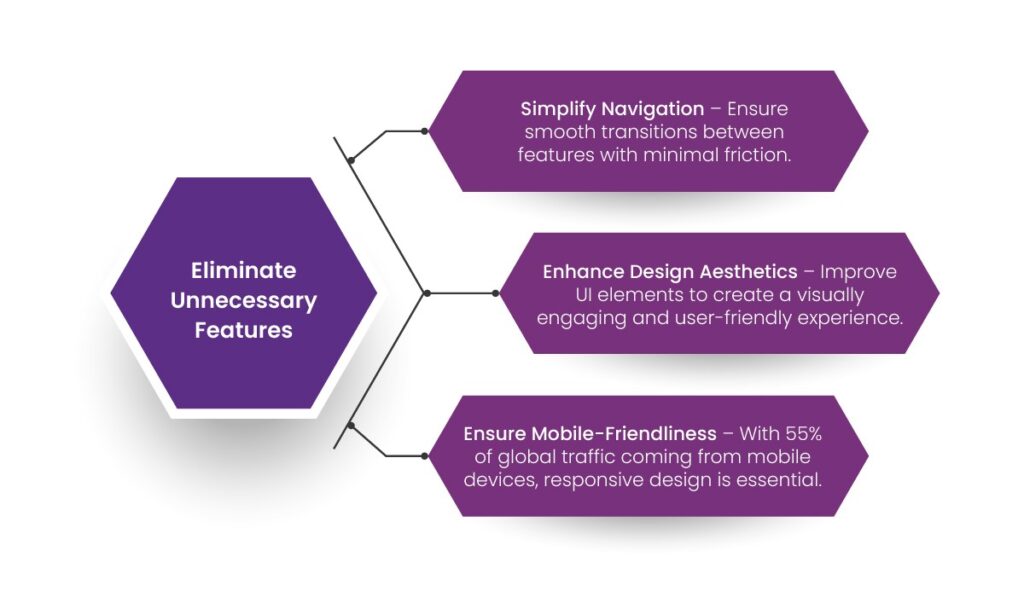
Example: A retail website reduced checkout steps from five to two, leading to an 18% increase in conversions.
Step 3: Improve Performance and Speed
Slow-loading products often drive users away. Product optimization must include performance enhancements to ensure a seamless experience.
- Reduce Load Times – Optimize website and app speed to improve browsing efficiency.
- Enhance Backend Efficiency – Improve database queries and optimize API calls to reduce latency.
- Eliminate Unnecessary Features – Remove redundant functionalities to create a more streamlined user interface.
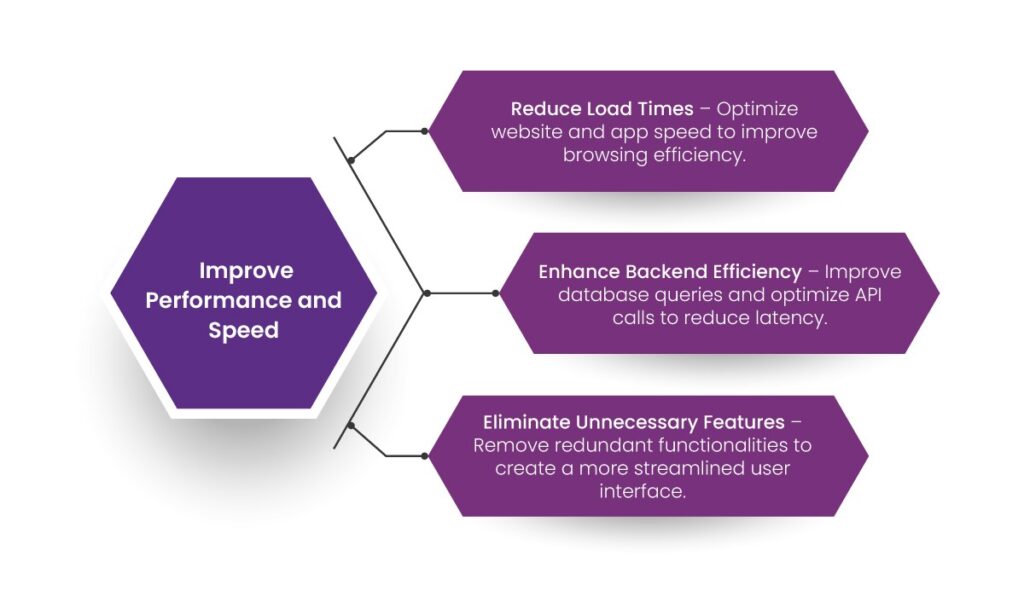
Example: A fintech app reduced response time from 3 seconds to 0.8 seconds, resulting in a 12% increase in customer satisfaction.
Step 4: Leverage AI and Automation
AI-powered product optimization helps businesses streamline operations, automate tasks, and enhance decision-making processes.
- Use AI-Driven Recommendations – Provide personalized content and product suggestions to users.
- Automate Repetitive Tasks – Reduce manual workloads by implementing AI-powered automation.
- Optimize Inventory & Supply Chains – Predict demand fluctuations to prevent overstocking or shortages.
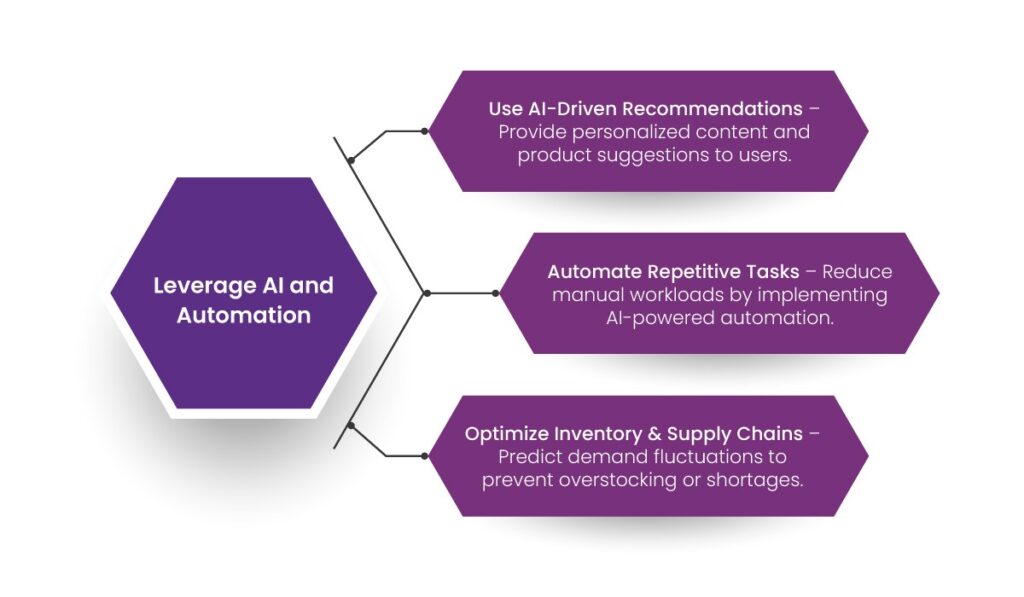
Example: An e-commerce platform integrated AI-driven product recommendations, leading to a 15% increase in average order value (AOV).
Step 5: Enhance Security and Compliance
Security is a key component of product optimization, ensuring user trust and compliance with industry regulations.
- Implement Data Encryption – Safeguard sensitive customer information from breaches.
- Conduct Regular Security Audits – Identify and address vulnerabilities before they become threats.
- Stay Compliant with Regulations – Adhere to HIPAA, and other industry security standards.
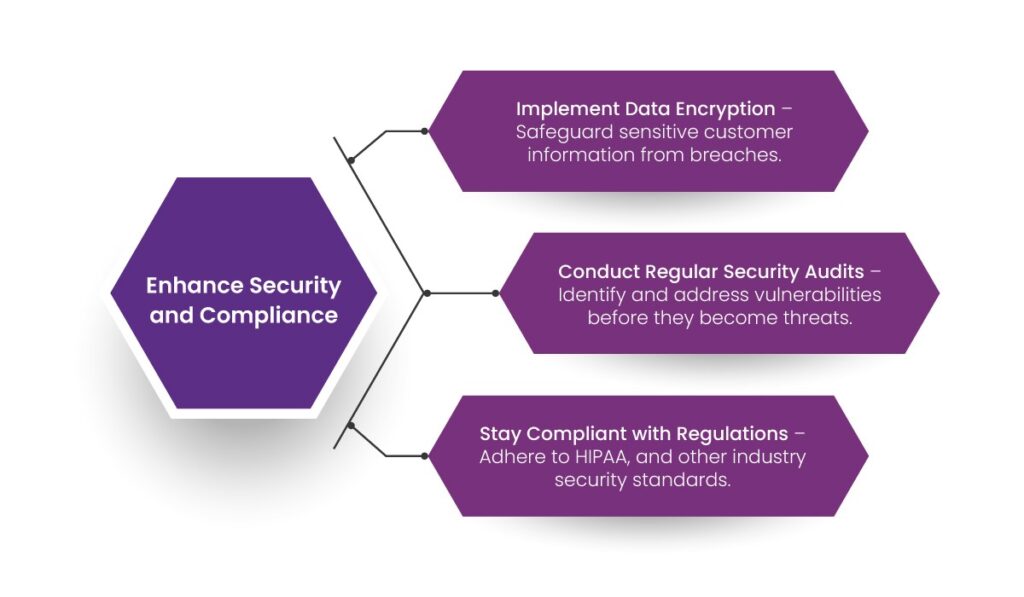
Example: A healthcare software provider added multi-factor authentication (MFA), reducing unauthorized access by 40%.
Step 6: Continuous Testing and Iteration
Product optimization is an ongoing process that requires regular testing, iteration, and performance monitoring.
- A/B Testing – Compare different versions of a feature to determine the most effective option.
- Beta Testing – Collect user feedback before final deployment to refine product features.
- Post-Launch Monitoring – Use analytics tools to track product performance after implementation.
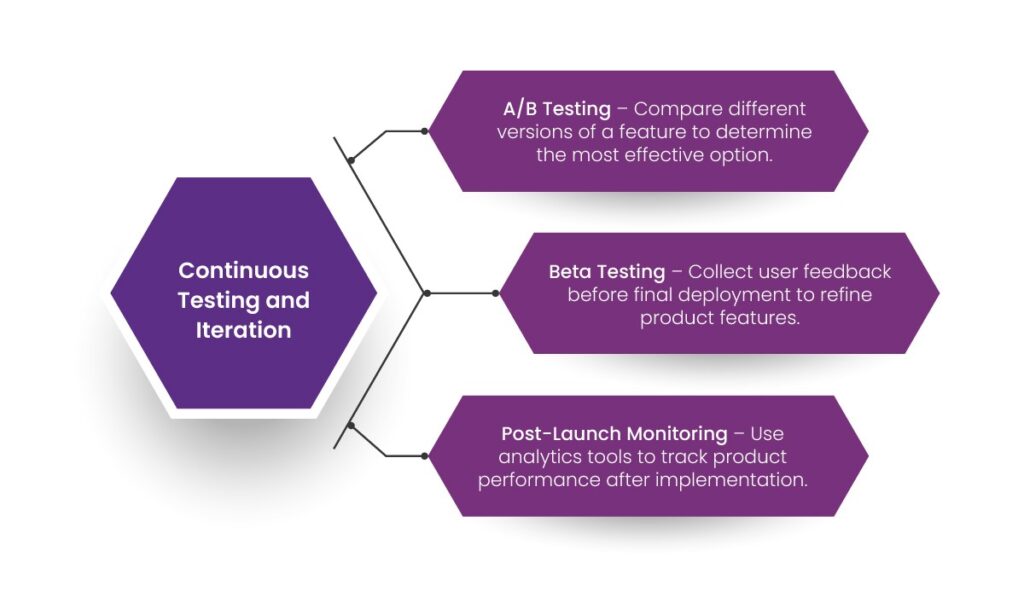
Example: A mobile app introduced progressive updates based on A/B tests, increasing engagement by 22% over three months.
By following these six essential steps, businesses can achieve product optimization that enhances user satisfaction, improves efficiency, and ensures long-term growth.
Final Words
Product optimization goes beyond improving efficiency—it focuses on refining user experiences, increasing revenue, and maintaining a competitive edge in a fast-evolving market. By implementing structured optimization strategies, businesses can enhance product performance, reduce risks, and maximize long-term value. A data-driven approach helps identify pain points, improve usability, and ensure seamless functionality across platforms.
At Helixbeat, we specialize in tailored product optimization strategies that combine cutting-edge technology, AI-driven insights, and agile methodologies to enhance scalability and reliability. Our solutions help businesses streamline workflows, accelerate time-to-market, and deliver high-performing products that meet evolving customer expectations. With a commitment to continuous improvement, we ensure that your product remains adaptable and future-proof.
Looking to optimize your product’s performance and drive business success? Partner with Helixbeat today for innovative and results-driven product optimization solutions that help you stay ahead in the market.
FAQs
1. What is product optimization?
Product optimization is the process of improving a product’s performance, usability, and efficiency to meet market demands and customer expectations.
2. Why is product optimization important?
It enhances user satisfaction, reduces costs, and keeps products competitive in a rapidly evolving market.
3. What are common product optimization strategies?
Key strategies include data analysis, UX enhancements, AI automation, performance tuning, security upgrades, and continuous testing.
4. How often should a product be optimized?
Optimization should be continuous, with regular updates based on user feedback and performance metrics.
5. How does AI help in product optimization?
AI improves personalization, automates workflows, enhances predictive analysis, and optimizes supply chain management.
6. What industries benefit the most from product optimization?
Industries such as tech, e-commerce, healthcare, finance, and manufacturing gain significant advantages.














